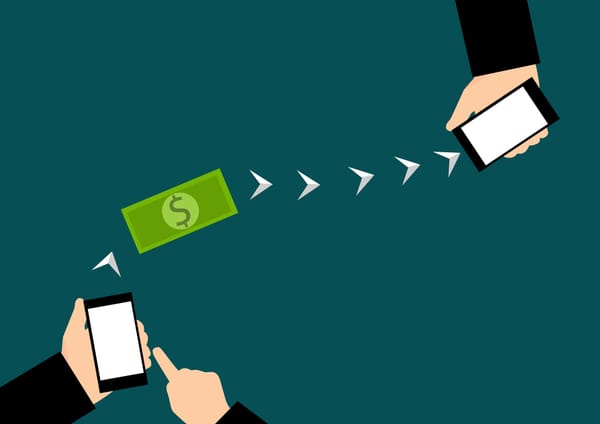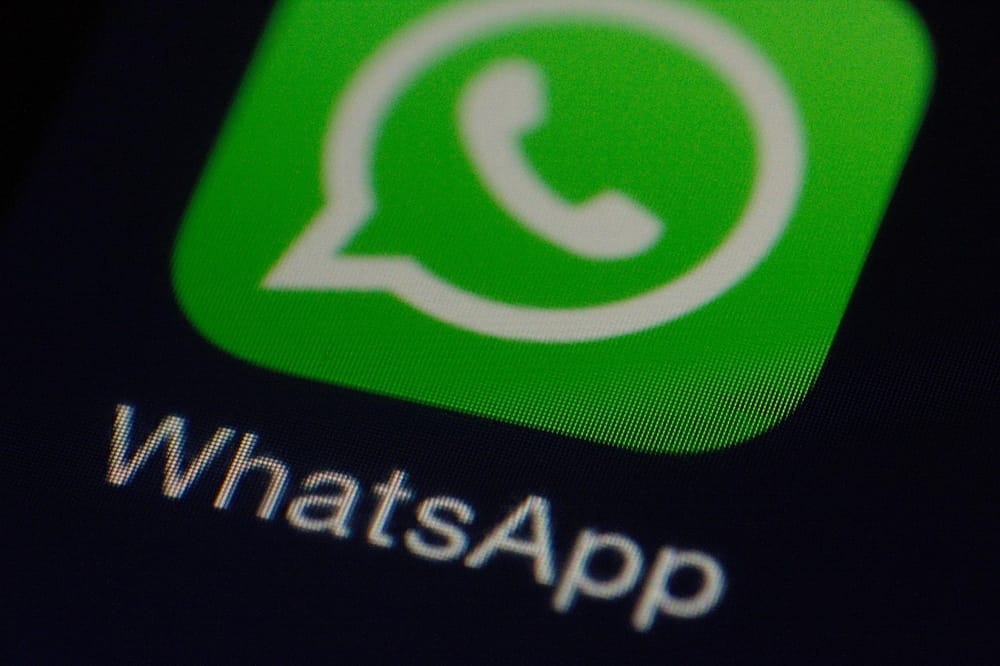Chase to Block Zelle Payments to Sellers on Social Media Amid Rising Scams

JPMorgan Chase Bank (Chase) is about to implement new restrictions on Zelle payments to combat a sharp increase in scams exploiting the digital payment service. Beginning March 23, Chase will block or delay Zelle transactions identified as originating from social media contacts, to protect customers against potential fraud.
Zelle is widely used for quick money transfers between bank accounts, integrated directly into the mobile apps of major US banks. While it offers an easy alternative to cash and checks, it lacks purchase-protection for customers. Once a Zelle payment is sent, it is difficult—if not impossible—to reverse the transaction if it turns out to be fraudulent.
Recognizing the surge in social media-based scams, Chase recently updated its user policy, stating that Zelle should not be used to buy goods from retailers or merchants, including transactions via social media platforms, marketplaces, or messaging apps.
Related article:
- Control Your Privacy. Venmo, Zelle, and Cash App Settings to Update Now
- What are Zelle scams and how to avoid them
Social Media Scams on the Rise
According to Chase, nearly 50% of all Zelle or wire transfer scam claims filed by customers between June and December 2024 originated from social media interactions. This alarming trend has prompted the bank to limit how its customers use Zelle.
A statement by Chase warned:
“For your protection, Chase will not allow you to send Zelle payments identified as originating from contact through social media. We’ll decline those transactions because Zelle is meant to pay friends, family, and other trusted recipients you know—not for others you meet on social media.”
The bank noted that it may request additional information before processing payments, such as details of the nature of the transaction, how the recipient was contacted, and other verification measures to determine whether the transaction carries a high fraud risk.
How to Stay Safe from Zelle Scams
To avoid falling victim to payment fraud on social media, Chase customers—and all Zelle users—should follow these safety precautions:
- Send money to trusted contacts only – Zelle is designed for transactions between people you know personally. Avoid using it to pay strangers on social media.
- Always verify sellers before committing to a payment – If you're purchasing from an online marketplace, research the seller’s reputation and reviews before any transaction.
- Be cautious of too-good-to-be-true offers – Scammers lure victims with unrealistically low prices for popular items. If it seems like you’ve hit the jackpot for some items, take a step back.
- Use secure payment methods that offer buyer protection, such as credit cards or PayPal.
- Learn to recognize red flags – A scammer will always rush you into making an immediate payment, claiming limited stock or exclusive deals.
- Monitor your accounts – Regularly check your bank statements for unauthorized Zelle transfers. If you see anything suspicious, report the payment immediately.
Level the Scam Playing Field With Bitdefender Scamio
For additional protection, leverage scam detection tools like Bitdefender Scamio.
Scamio is our free AI-powered scam detection assistant designed to help users identify fraudulent messages, phishing attempts, and scam tactics commonly used on social media. Before making an online transaction, Scamio can analyze messages and seller claims, helping you spot red flags before it's too late.
You can also help others stay safe by sharing localized versions of Scamio with them in France, Germany, Spain, Italy, Romania, Australia, and the UK.
tags
Author
Alina is a history buff passionate about cybersecurity and anything sci-fi, advocating Bitdefender technologies and solutions. She spends most of her time between her two feline friends and traveling.
View all postsRight now Top posts
How to Protect Your WhatsApp from Hackers and Scammers – 8 Key Settings and Best Practices
April 03, 2025
Outpacing Cyberthreats: Bitdefender Together with Scuderia Ferrari HP in 2025
March 12, 2025
Streamjacking Scams On YouTube Leverage CS2 Pro Player Championships to Defraud Gamers
February 20, 2025
How to Identify and Protect Yourself from Gaming Laptop Scams
February 11, 2025
FOLLOW US ON SOCIAL MEDIA
You might also like
Bookmarks








